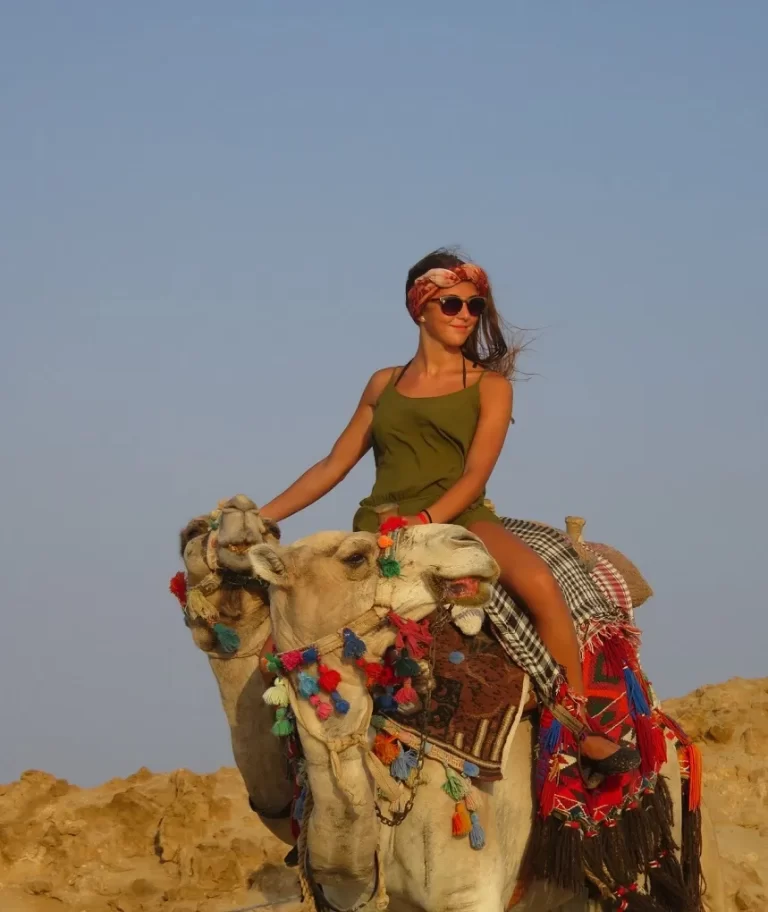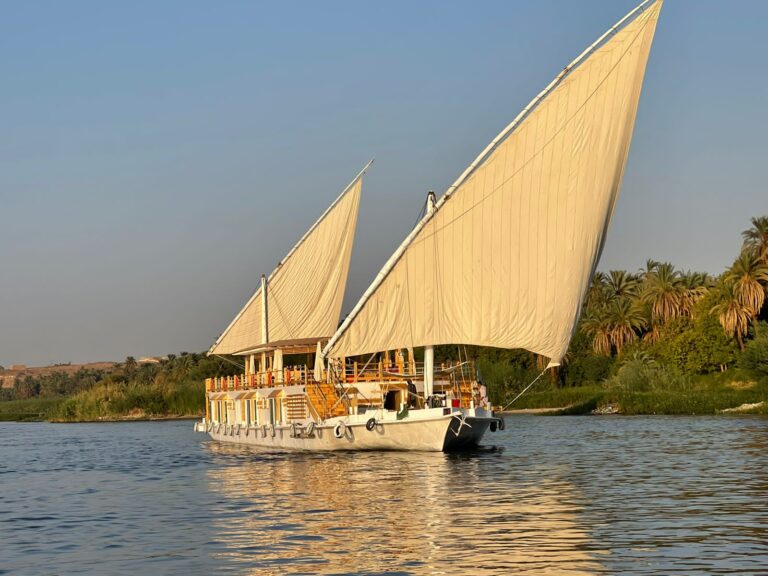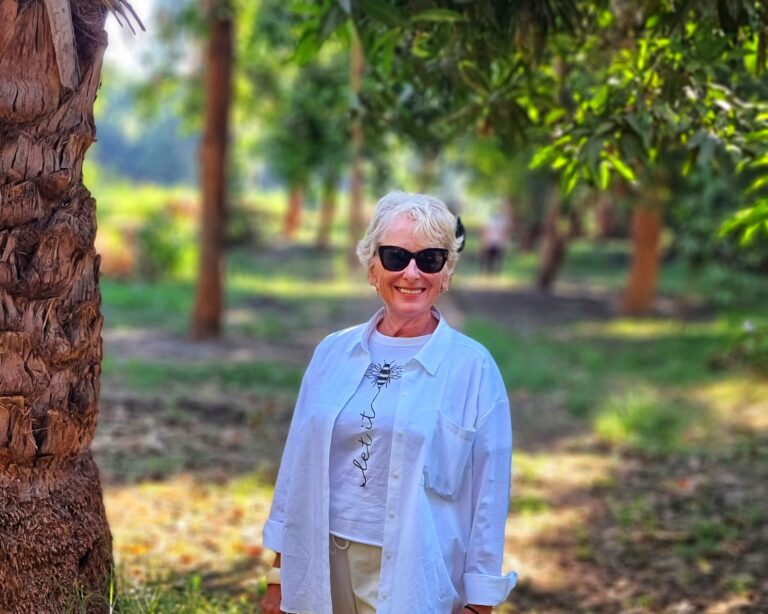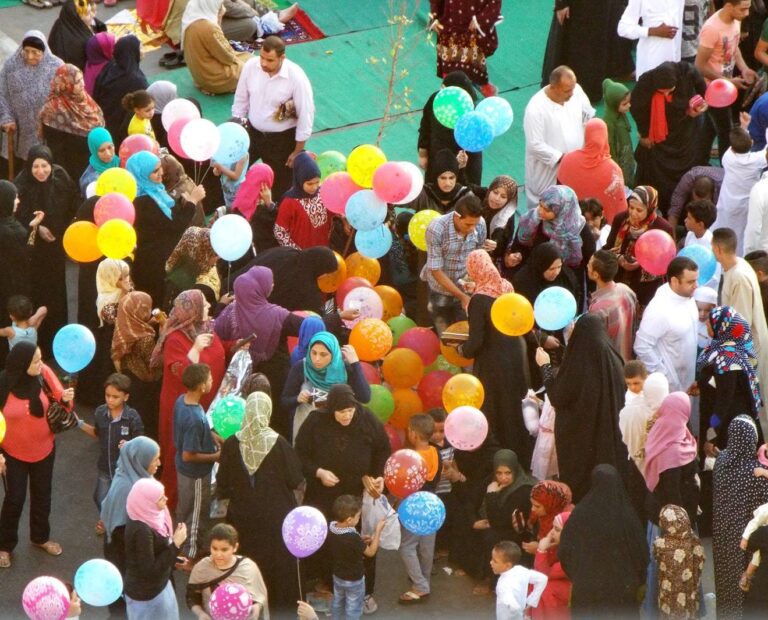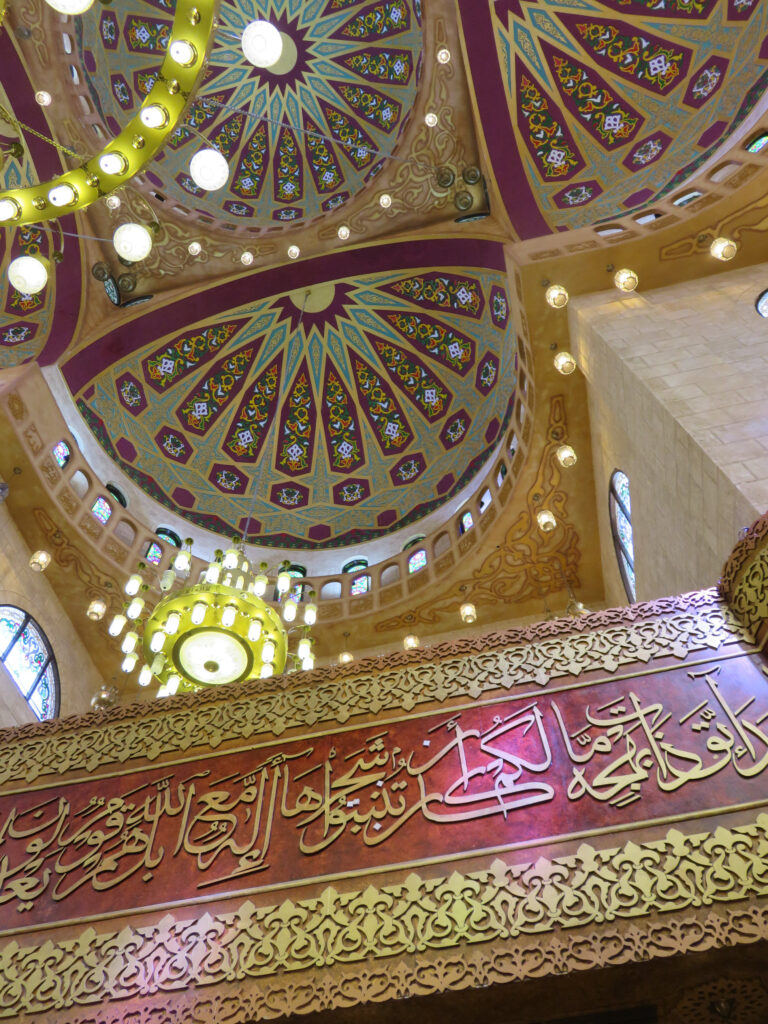Easter is often celebrated on two dates in Egypt, different for those who follow the Gregorian calendar and those of Orthodox faiths, such as Coptic, Greek and Russian Orthodox who follow the Julian calendar. In 2025, both will be Sunday, April 20.
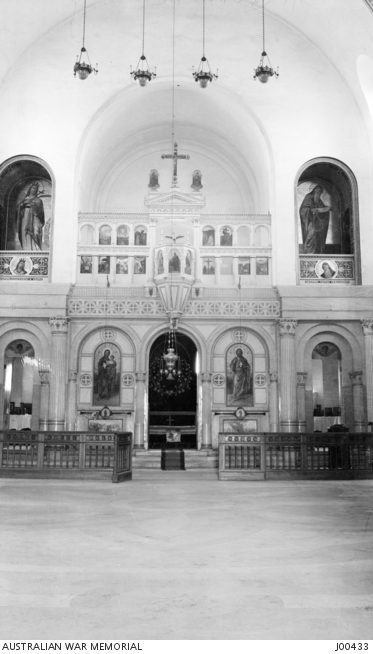
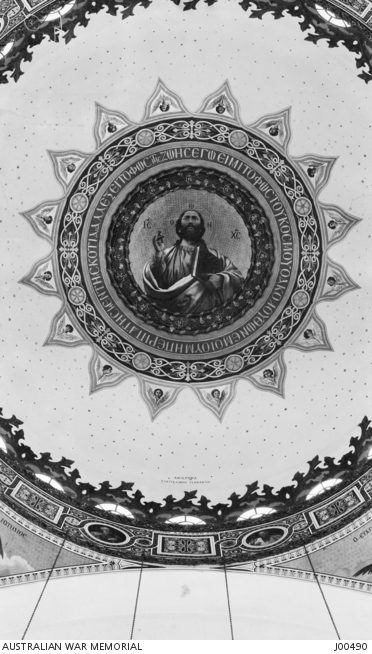
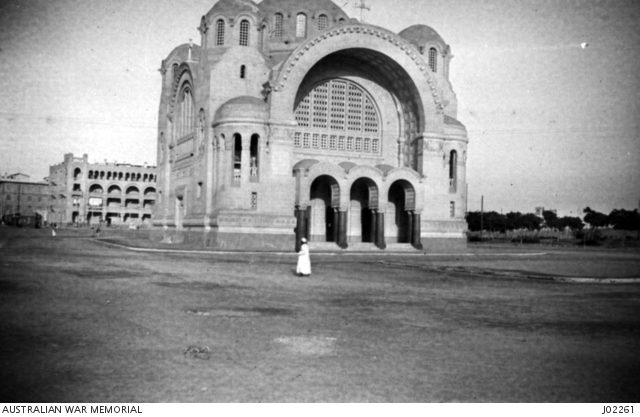
Photos from 1914-1918, Egyptian churches :
Basilique Notre-Dame d’Héliopolis (Basilica of Our Lady of Heliopolis), a Roman Catholic church, Heliopolis, Cairo.
Interior of Greek Orthodox Church, St Constantin, showing details of the dome.
Interior of the Greek Church at Boulak, Cairo.
Christmas is fixed to a solar calendar (and near the winter solstice), but Easter is based on the lunar cycles of the Jewish calendar. In the Christian religion, the Last Supper (the last meal Jesus shared with his apostles before his crucifixion) was a Passover feast. Because Easter is based on a lunar month (29.5 days), the date of Easter changes.
Coptic Christians follow the rites of the Coptic Christian Church, founded by Saint Mark. Coptic Christianity is one of the oldest Christian denominations and Copts celebrate Easter as the most important religious holiday.
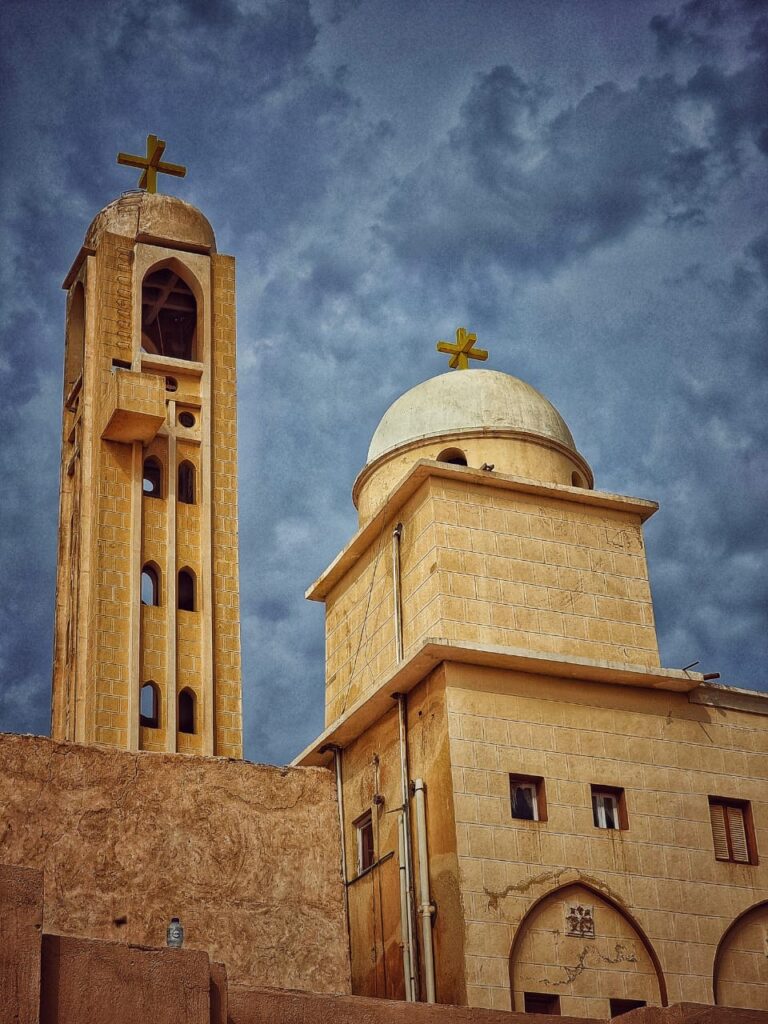
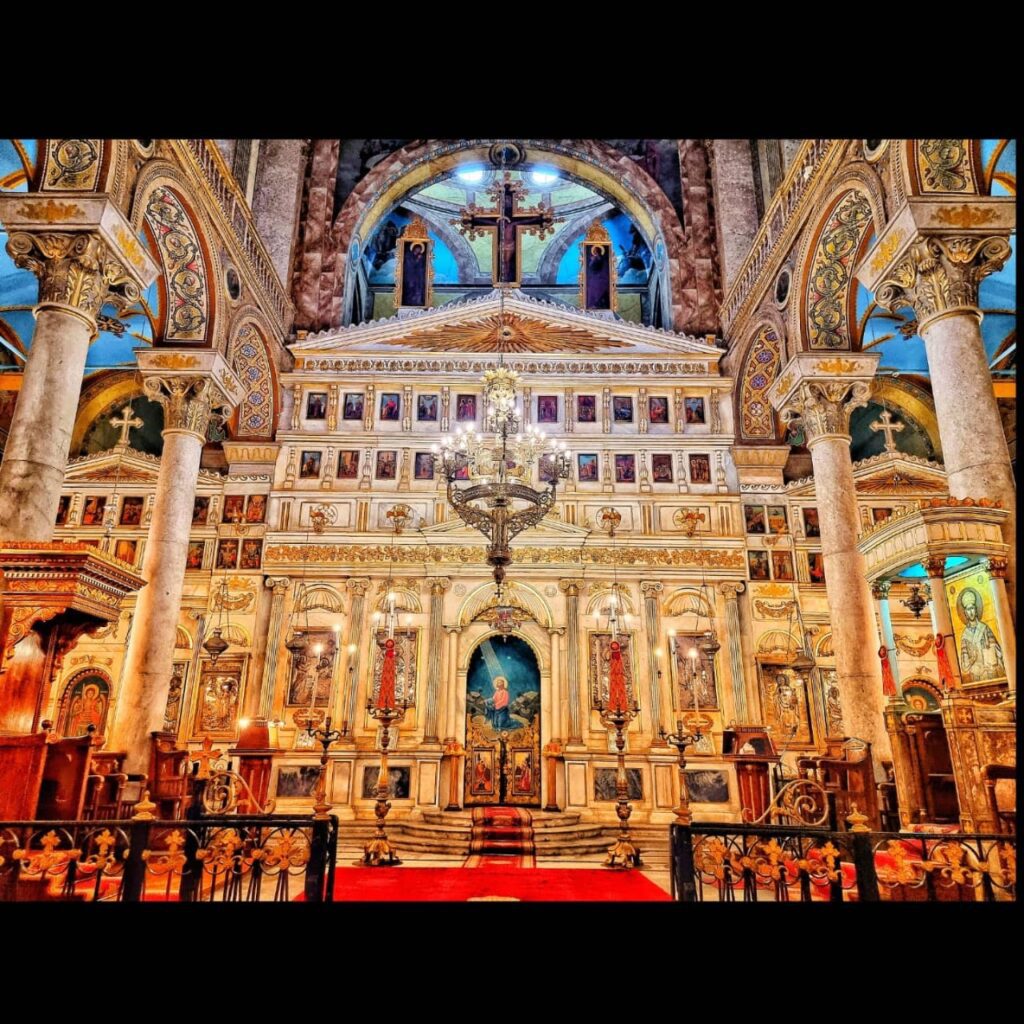

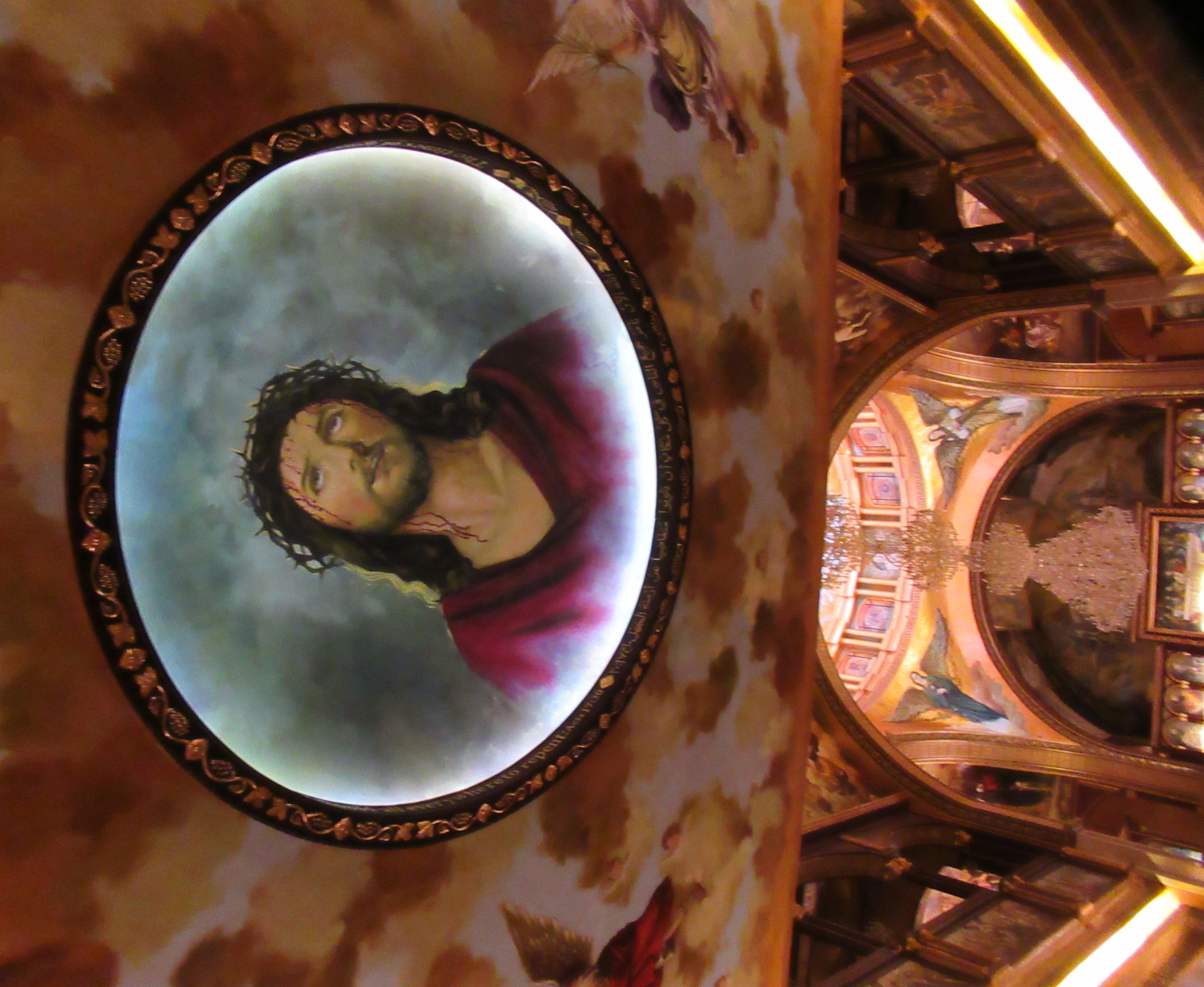
Churches in Egypt – Wadi Natrun, Alexandria, Sharm el Sheikh
On Palm Sunday, before Easter, we see traditions unique to Egypt. Figures are handwoven from palm fronds, in symbols including crosses and crowns.
Here are some of the best photographs of Palm Sunday from recent years, click to see the photos and video.
Nazlt Ebeid Village in Minya city south by Roger Anis https://www.facebook.com/share/p/ik2JiKzQdsr2uXwP/?mibextid=xfxF2i
2025 at Monastery of Saint Simon the Tanner at the Mokattam Mountain, Cairo, by Shrooq Elsayed https://www.facebook.com/share/p/18tE1qL2Jr/
2025 video https://www.facebook.com/raafat.rashed.3/videos/987741203427507 and excellent series of more than 100 photos of Palm Sunday, 2024 by Rafat Rashed:
Palm Sunday mass at Monastery of Saint Simon the Tanner at the Mokattam Mountain, Cairo https://www.facebook.com/share/p/14yGxvMbLm/ https://www.facebook.com/share/p/1SZrBiG4ZZ/
Video of Palm Sunday mass at Monastery of Saint Simon the Tanner at the Mokattam Mountain, Cairo by Fat’hia El Sisi https://www.facebook.com/share/r/1Adt6idFQK/
Some thoughts on Palm Sunday from Bishop Ermia, General Bishop and Head of the Coptic Orthodox Cultural Center:
“Lessons from Palm Fronds
The frond is the heart of the palm tree. Its white color signifies the pure heart that must be offered to God. God cares for the human heart, saying, “My son, give me your heart.”
The frond is also flexible and can be shaped, signifying a life of surrender to God, who shapes it according to His will.
The palm tree is in a state of constant growth, and this growth has two dimensions: a visible dimension: its growth and upward extension toward the heavens. An invisible dimension: the deepening of the palm tree’s roots in the ground, giving it the ability to withstand such heights and also to withstand strong winds. We also find that palm trees can be grown in desert areas and survive even after a long period of time without irrigation. Palm trees are able to withstand heat and thirst. They are enduring trees, yet they bear delicious fruit for all to enjoy, even when stones are thrown at those who strike them.
In addition to their fruit, palm trees provide many benefits to humans. Baskets are made from their fronds, ropes from their fibers, and their fronds and trunks are used as roofs for some rural homes.
Finally, palm trees are fertile mothers, producing young palm trees called seedlings, which can be removed, transplanted, and planted elsewhere to grow.
Egypt and the Holidays
Throughout history, Egypt has taught us that its people live together, carrying a message of love and peace for all. Its members have always shared its joys and sorrows, carried its concerns and successes, and shared its path and destiny. On the holidays that take us through, everyone rejoices and shares, for they are the children of the one Nile and the land of goodness and blessings, the paradise of God, Egypt. On this, I conclude with the words of Al-Maqrizi* in his book “Al-Khitat” (Vol. 1): “As for Palm Sunday, the Copts would leave the churches carrying candles, censers, and crosses behind their priests, and the Muslims would also walk with them. They would roam the streets chanting, and they also did this on Maundy Thursday. The Fatimids would mint five hundred dinars in the form of khareeb and distribute them to the people. In the markets of Cairo, eggs dyed in various colors were sold in abundance, and slaves, boys, and the mob would gamble with them. The Copts would exchange gifts of colored eggs, drained lentils, and various types of fish, and they would also give them to their Muslim brothers.” And the talk about sweet Egypt is endless.” (translation from a Facebook post by Mel Balad-Egyptian Arts and Crafts)
* a medieval Egyptian historian
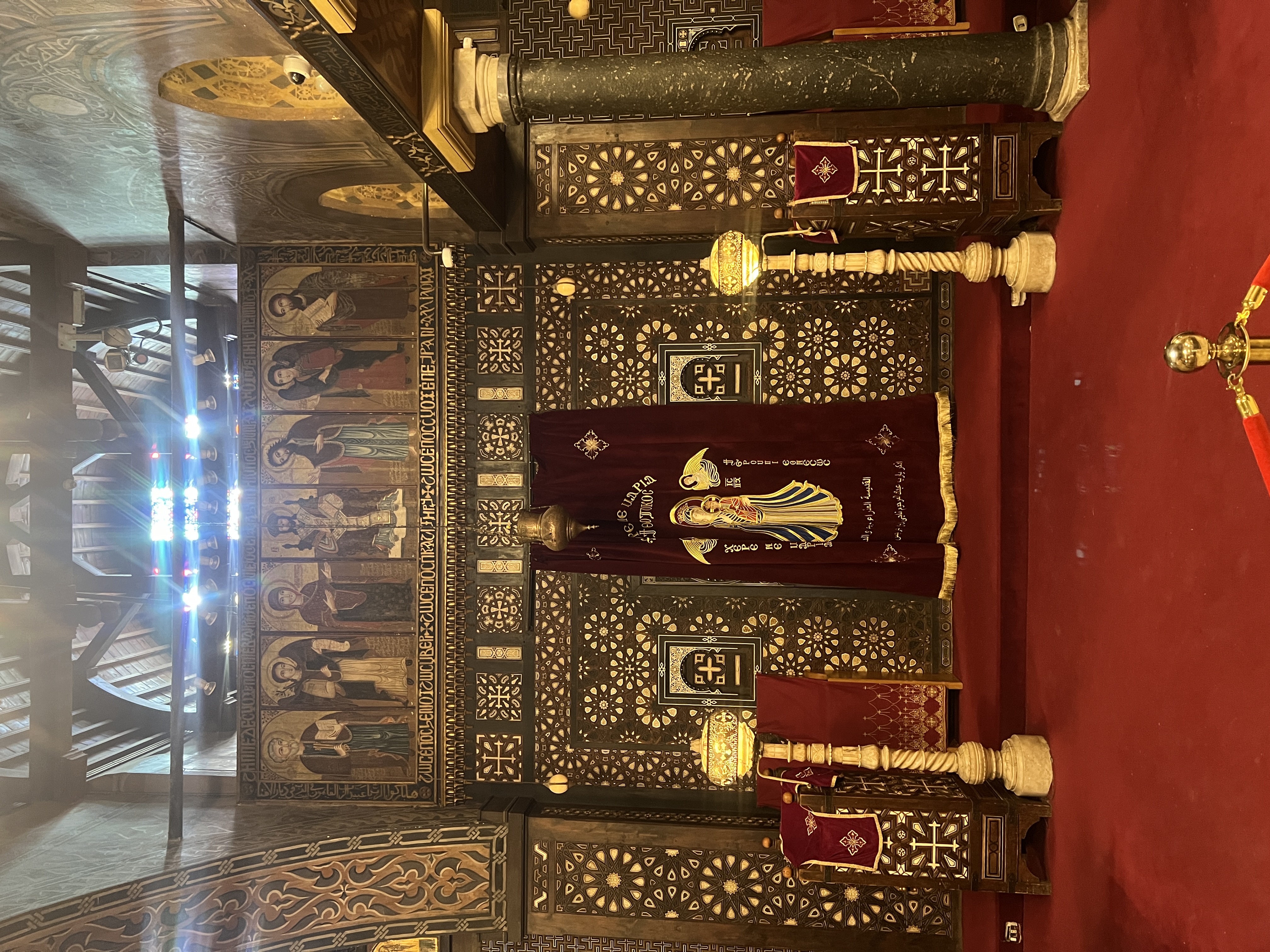
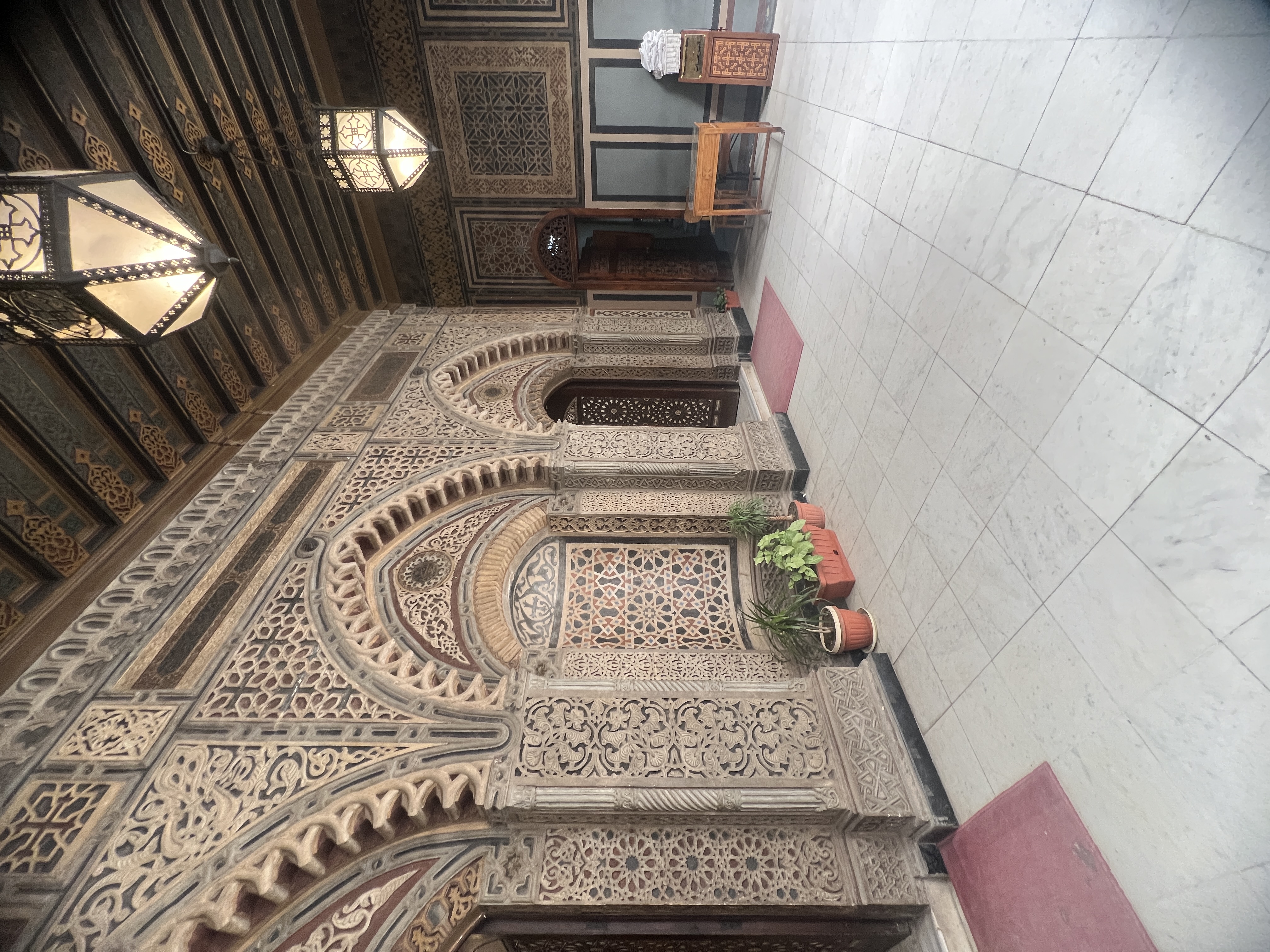
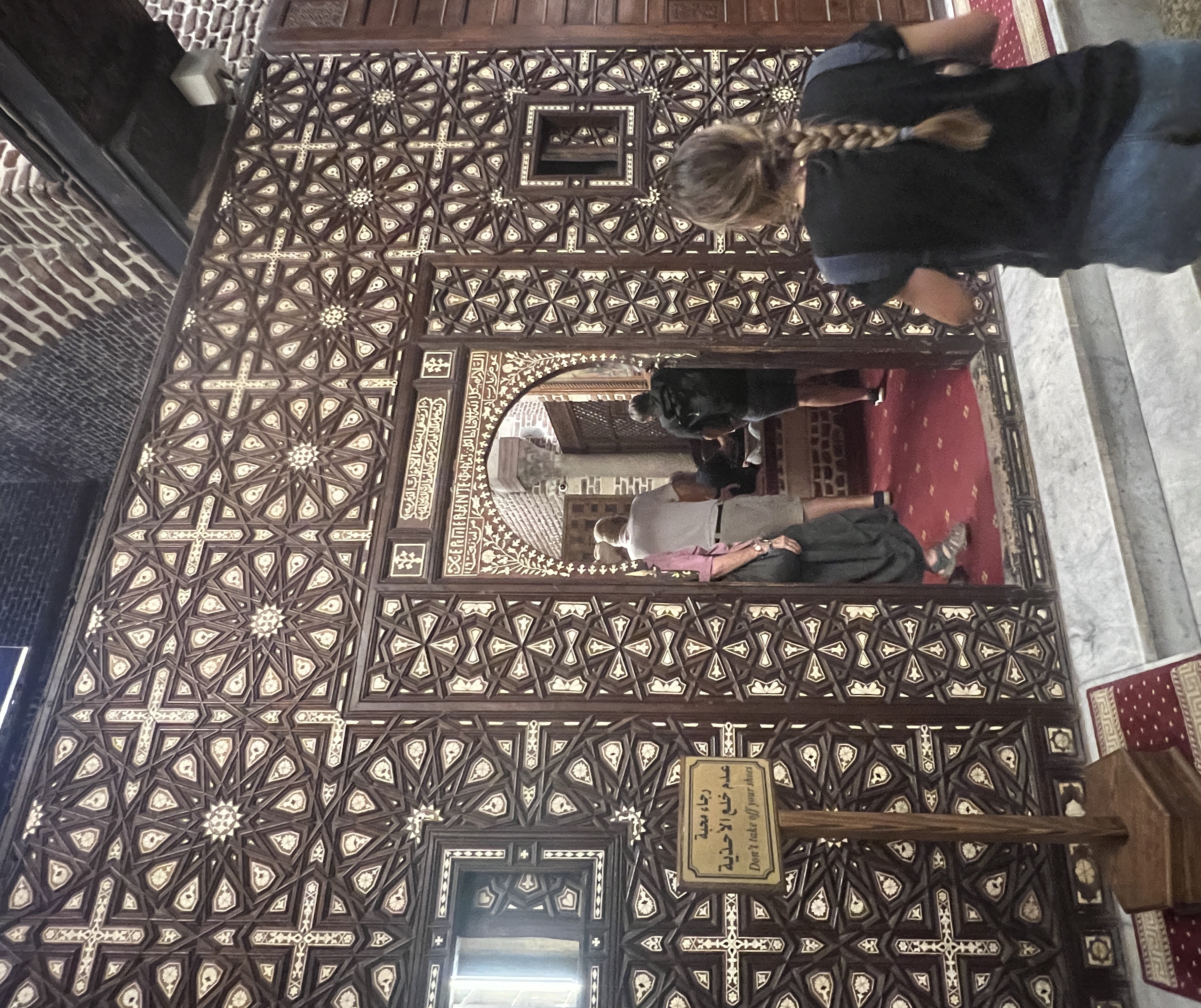
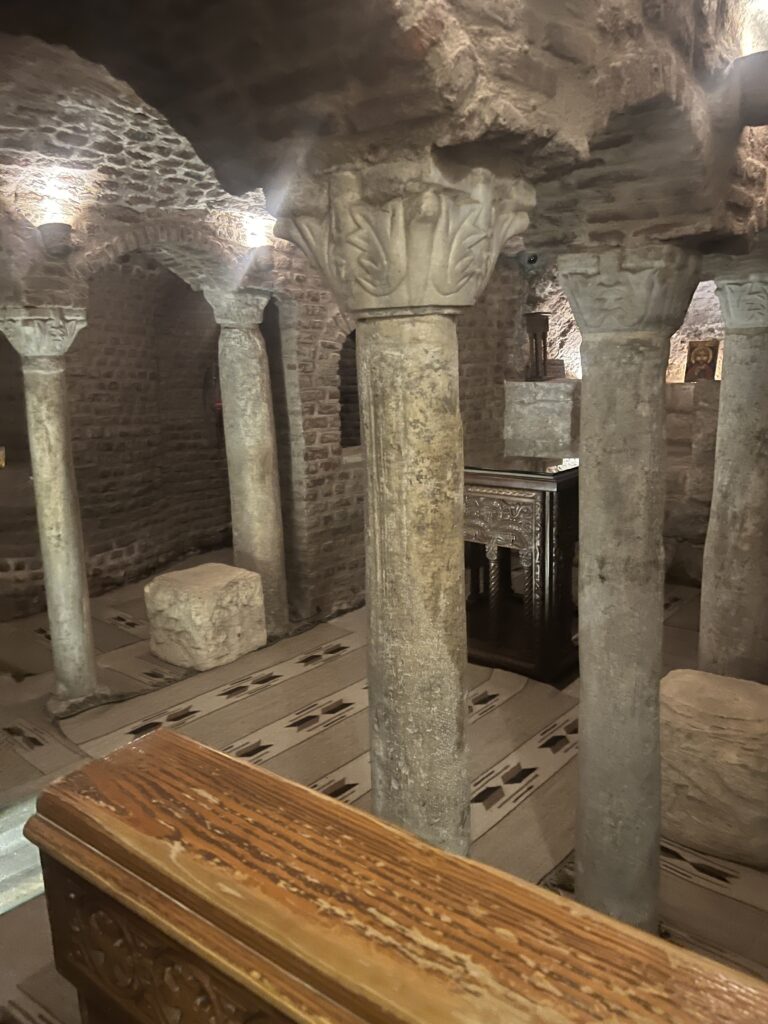
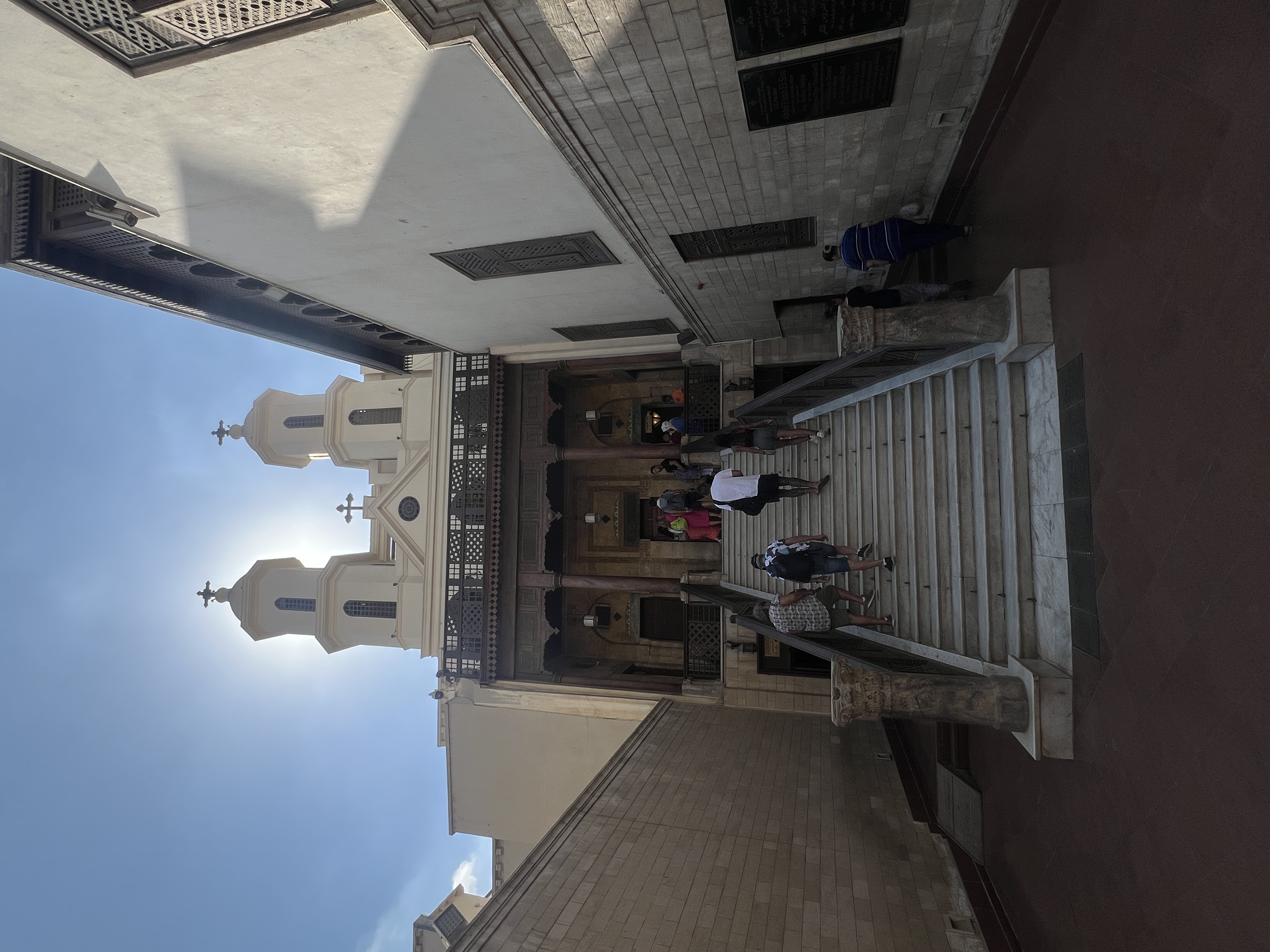
Coptic Cairo, which can be included in your Real Egypt tour of Cairo
Coptic Easter is a deeply spiritual experience. The celebration starts with Holy Week, culminating on Easter Eve on Saturday. Late at night mass is held in churches lit by candlelight and lined with icons. After the service, during Easter Sunday families gather to break their 55 day fast, visit relatives and enjoy traditional foods, including kahk biscuits (see our previous post on Eid for more about kahk and a recipe).
There are also different traditions in some cities. In Port Said hundreds of thousands of people, young and old, Christian and Muslim spend that night in the streets singing, dancing and burning effigies. Circles form around local music bands that play the string instrument semsemya, and dance the unique dances of Suez Canal cities. Carefully made effigies of corrupt employees, terrorists and hated politicians are burned in the squares, with old and broken furniture, to symbolize the start of the new season. Burning the old to clear the way for the new in Spring is attributed to the Greek community that thrived in the port city in the first half of the 20th century.
Eggs are an integral part of Easter in many cultures, the egg symbolizes the renewal of life with the coming of Spring. In Port Said people celebrate Easter with pastries called Manga’ouna which are shaped like a nest and decorated with colored eggs. This European inspired pastry is another reminder of the cosmopolitan past and the colonial history of the once major port on the trade routes.
The pastry ingredients of flour, milk, ghee and eggs are mixed together and the dough is left to rise. Children participate in making the Mang’ouna. They are encouraged to cut the pastry and braid it, then it is left to rise again before being baked and enjoyed on the morning of Easter.
Note: Information about Port Said traditions https://artsandculture.google.com thanks to Laura Tabet, Dalia Basiouny, Hashim Morsi.
Photos 1914-1918 from the collections of the Australian War Memorial https://www.awm.gov.au/
Basilique Notre-Dame d’Héliopolis (Basilica of Our Lady of Heliopolis), is a Roman Catholic church located in Heliopolis, Cairo. Alexandre Marcel designed the cathedral in a Byzantine revival style, based on the Hagia Sophia. It was completed in 1913. View the Cathedral website https://labasilique.org/ to see how it looks now and for times of services if you wish to visit.
Photos of Egyptian churches now thanks to our Real Egypt guide Yasmine, team member Sohaila and MindseyePhotographyEgypt

